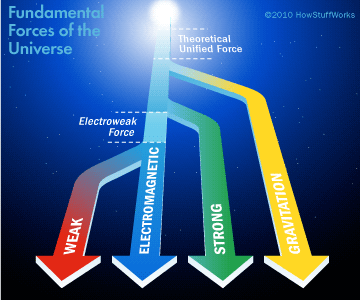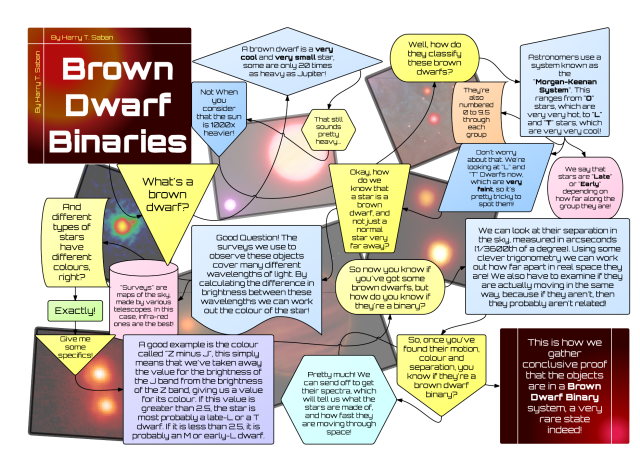Look up into the night sky and you’ll see thousands, if not millions (and with a good telescope, billions) of stars. Now as it turns out, you may also be seeing millions of planets!
This is the conclusion of a study by the California Institute of Technology (CALTECH) adding even more evidence to the idea that planetary systems are actually the galactic norm, rather than a lucky fluke. The team at CALTECH made there calculations after observing the planets orbiting the star Kepler-32, a star system, they believe, is actually representative of most of the stars in our galaxy, the milky way.
“There’s at least 100 billion planets in the galaxy—just our galaxy,” says John Johnson, assistant professor of planetary astronomy at CALTECH and co-author of the study
“It’s a staggering number, if you think about it,” adds Jonathan Swift, a post-doctorate at CALTECH and lead author of the paper. “Basically there’s one of these planets per star.”
The star system serving as the astronomers master copy, the Kepler-32 system, has a series of 5 planets (2 have so far been confirmed by other institutes and independent astronomers) orbiting around a M type star (a red dwarf) a star about half the brightness of our star, the sun. This type of star accounts for nearly three quarters of stars in the milky way. The five planets, which are similar in size to Earth and orbit close to their star, are also typical of the class of planets that the Kepler telescope has so far discovered orbiting other M type dwarfs. This has led CALTECH to their conclusion that most of the stars in our galaxy have at least one orbiting planet, if not many more.
So while this system in particular may turn out to be very common, one thing makes it very special for astronomers and physicists the world over. The orbits of the planets lie in a plane that’s positioned such that Kepler views the system side-on. Due to this rare orientation, each planet blocks Kepler -32′s starlight as it passes between the star and the Kepler telescope. This gives scientists the rare opportunity to study the planets’ characteristics, such as their sizes and orbital periods. This orientation therefore provides an opportunity to study the system in great detail—and because the planets represent the vast majority of planets that are thought to populate the galaxy, the team says, the system also can help astronomers better understand planet formation in general.
One of the fundamental questions regarding the origin of planets is how many of them there are. Like the Caltech group, other teams of astronomers have estimated that there is roughly one planet per star, but this is the first time researchers have made such an estimate by studying M-dwarf systems, the most numerous population of star systems known.
To do that calculation, the Caltech team determined the probability that an M-dwarf system would provide Kepler-32′s edge-on orientation. Combining that probability with the number of planetary systems Kepler is able to detect due to its resolution, the astronomers calculated that there is, on average, one planet for every one of the approximately 100 billion stars in the galaxy. But their analysis only considers planets that are in close orbits around M dwarfs—not the outer planets of an M-dwarf system that Kepler struggles to ‘see’ due to irregular orbits of weak starlight, or those orbiting other kinds of stars, like our own G type star. As a result, they say, their estimate is conservative. In fact, says Swift, a more accurate estimate that includes data from other analyses could lead to an average of two planets per star.
This huge prediction in planet numbers has come in the wake of planets being discovered left, right and centre by the Kepler space telescope and other observatory’s and their numbers are only likely to increase. And who knows, maybe they’ll find a planet close enough for us to visit someday?…
Alex Davis
References:
http://www.examiner.com/article/study-milky-way-home-to-100-billion-planets?cid=rss











